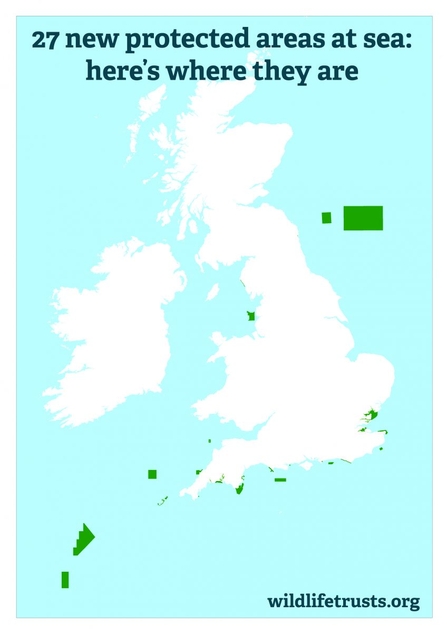Joan Edwards, The Wildlife Trusts’ Head of Living Seas, said:
“We welcome today’s designation of 27 Marine Conservation Zones. This is the first active step in what we believe to be the most important action Government can take to address the shocking state of nature at sea.
“Marine protection is an issue which matters to anyone who has ever spent happy afternoons exploring rockpools or been enchanted by chance encounters with dolphins, whales or one of the many other captivating species we enjoy in our waters.
“There is huge public support for greater protection of our seas using Marine Protected Areas. They are one of the best tools to protect marine wildlife effectively and restore our seas to their full potential, following decades of neglect and decline.
“It is vital for the appropriate management of the 27 designated sites to be implemented as soon as possible. We look forward to working with Government to ensure this happens.
“We are buoyed by the Government’s commitment to establishing future tranches of Marine Conservation Zones, demonstrating that it also remains committed to completing the ecologically coherent network of Marine Protected Areas so desperately needed.”
Marine Conservation Zones are vital to protect and restore the marine environment and are also needed for mobile species – such as whales, dolphins, basking sharks and seabirds – in order to create a network that is truly ecologically coherent.

